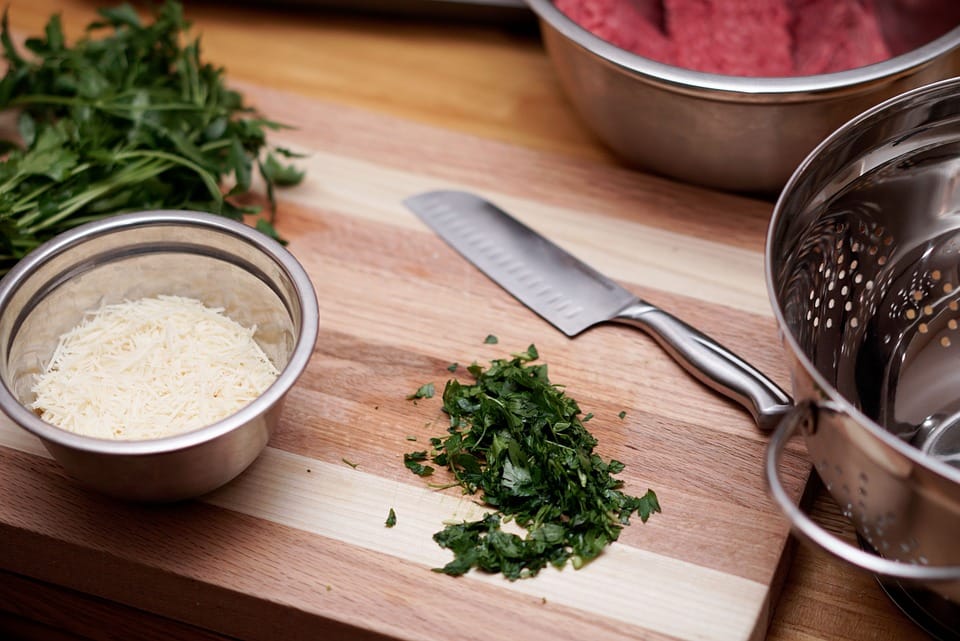Cutting Edge: A Guide to Choosing the Perfect Knife for Your Needs
Choosing the right knife can be a daunting task, especially with the numerous options available in the market today. As an individual, you may find yourself wondering which type of knife best suits your needs, taking into account your lifestyle, budget, and personal preferences. In this article, we will delve into the world of knives, exploring the different types, features, and considerations to help you make an informed decision.
Choosing the Right Type of Knife: A Beginner’s Guide
When it comes to choosing a knife, there are several types to consider, each serving a unique purpose. Let’s start with the most common types:
| Knife Type | Purposes |
|---|---|
| Straight Blade | Hunting, outdoor activities, everyday carry |
| Curved Blade | Slicing, filleting fish, opening packages |
| Flick (Hook) Blade | Scouting, fishing, general utility |
| Utility Blade | General-purpose use, household, and outdoor activities |
Key Considerations When Selecting a Knife
There are several important factors to consider when selecting a knife, including:
- Ergonomics: The shape and material of the handle should fit comfortably in your hand, providing a secure grip and minimizing fatigue.
- Blade design: The shape and material of the blade should suit your intended use, whether for cutting, piercing, or slicing.
- Sharpness: A sharp knife is more effective and safer to use, so look for knives with a reputation for sharp edges.
- Weight and balance: A well-balanced knife should feel comfortable in your hand, with an even distribution of weight.
The Importance of Materials and Construction
The materials used in the construction of a knife can greatly impact its performance, durability, and overall quality. Some common materials include:
| Material | Properties |
|---|---|
| Steel | Durable, rust-resistant, but may require sharpening |
| Titanium | Lightweight, strong, corrosion-resistant, but more expensive |
| Carbon Fiber | Light, strong, and resistant to scratches, but can be brittle |
| Wood | Aesthetically pleasing, but prone to scratches and damage |
Additional Features to Consider
In addition to the type and construction of the knife, consider the following features:
- Locking mechanism: A secure locking mechanism ensures a safe and secure grip.
- Lanyard hole: A loop or hole for attaching a cord or lanyard.
- Sheath or holster: A protective case or sheath for storing and carrying the knife.
- Ergonomic handles: Handles with molded contours or texturing for improved grip and comfort.
Safety Considerations
When handling a knife, it’s essential to prioritize safety, taking into account:
- Personal protection: Always wear gloves, long sleeves, and pants when handling knives.
- Knife maintenance: Regular cleaning, sharpening, and storage can help prevent accidents.
- Responsible use: Only use knives for their intended purpose, and never as a weapon.
Frequently Asked Questions (FAQs)
Q: What is the best type of knife for a beginner?
A: A general-purpose utility knife with a straight or curved blade is a great starting point.
Q: What are the benefits of a high-carbon steel knife?
A: High-carbon steel knives are known for their durability, rust resistance, and ability to be sharpened easily.
Q: Can I use a knife for self-defense?
A: While a knife can be an effective self-defense tool, it’s essential to prioritize training and consider alternative options, such as pepper spray or a fire extinguisher.
Q: How do I care for my knife?
A: Regular cleaning, drying, and oiling can help maintain the quality and performance of your knife. Avoid submerging the blade in water or using harsh chemicals.
Q: Are there any online resources for learning about knives?
A: Yes, many online forums, tutorials, and communities offer valuable information, expert advice, and community support.
Q: Can I customize my knife?
A: Many knives can be customized with engravings, coatings, or other accessories to suit your personal style and preferences.
Conclusion
In conclusion, choosing the perfect knife for your needs requires an understanding of the different types, features, and considerations. By considering your lifestyle, budget, and personal preferences, you can make an informed decision that suits your needs. Remember to prioritize safety, maintain your knife, and always use it responsibly. Whether you’re an avid outdoor enthusiast, a professional, or simply someone who appreciates the art of cutting, this guide has provided the essential information to help you find the perfect knife for you.
